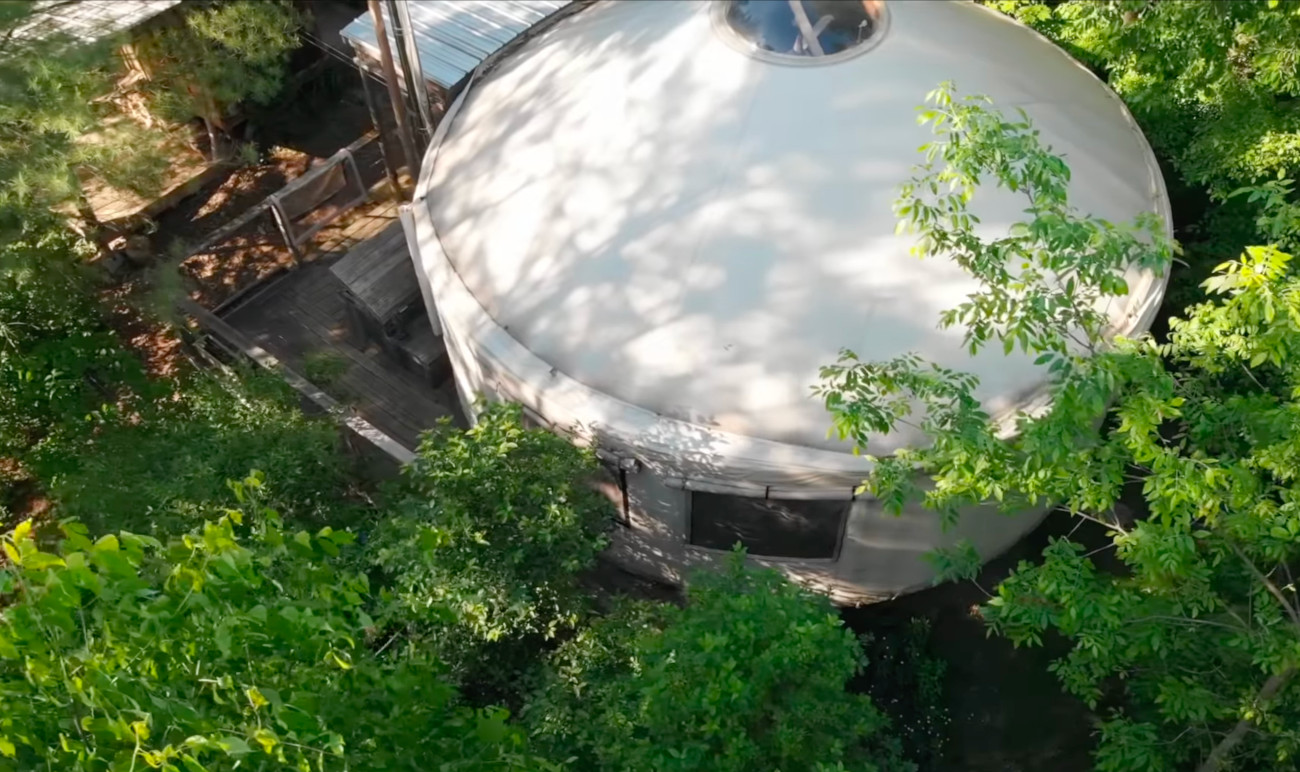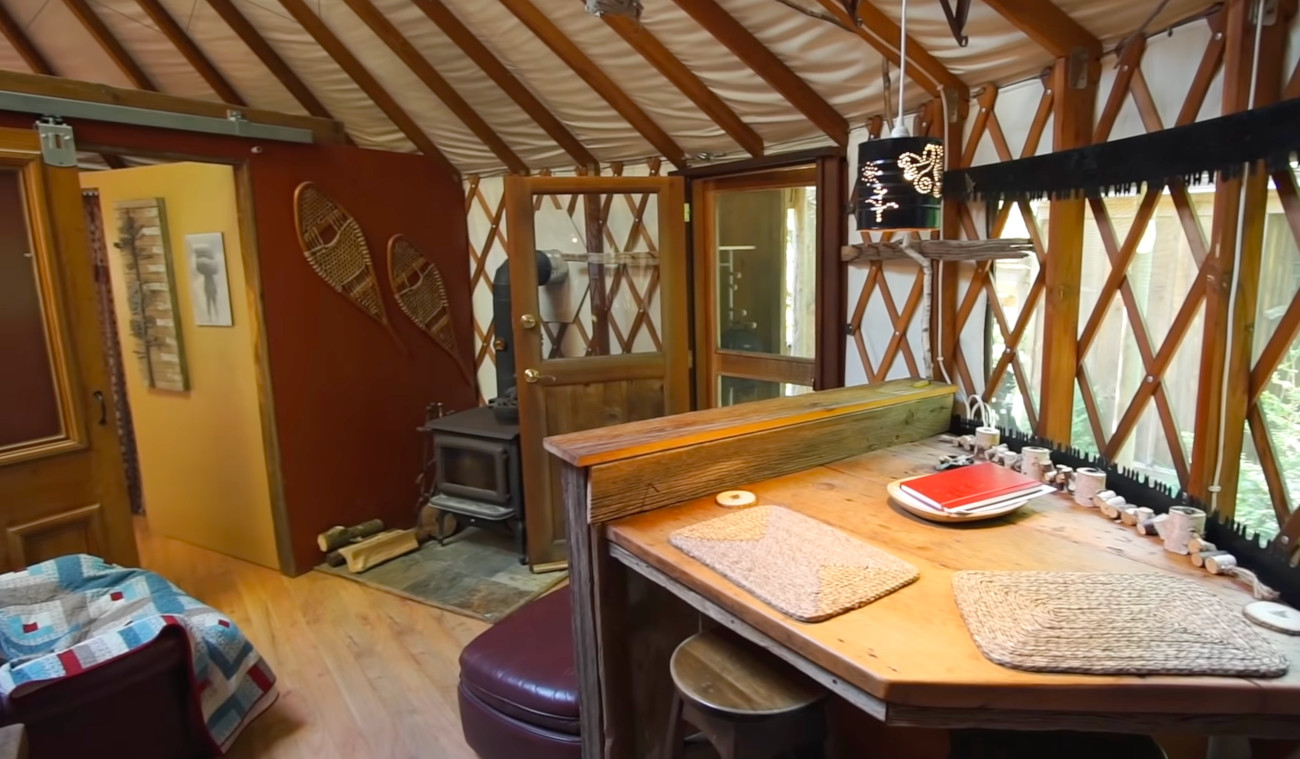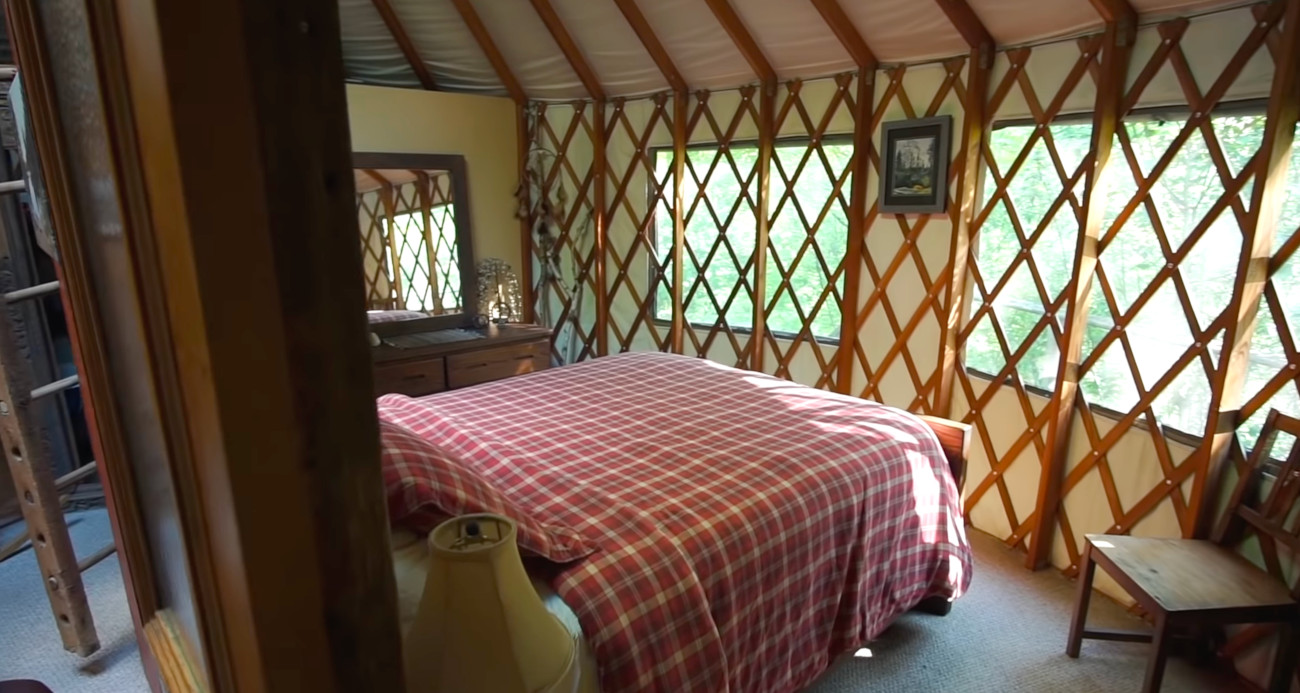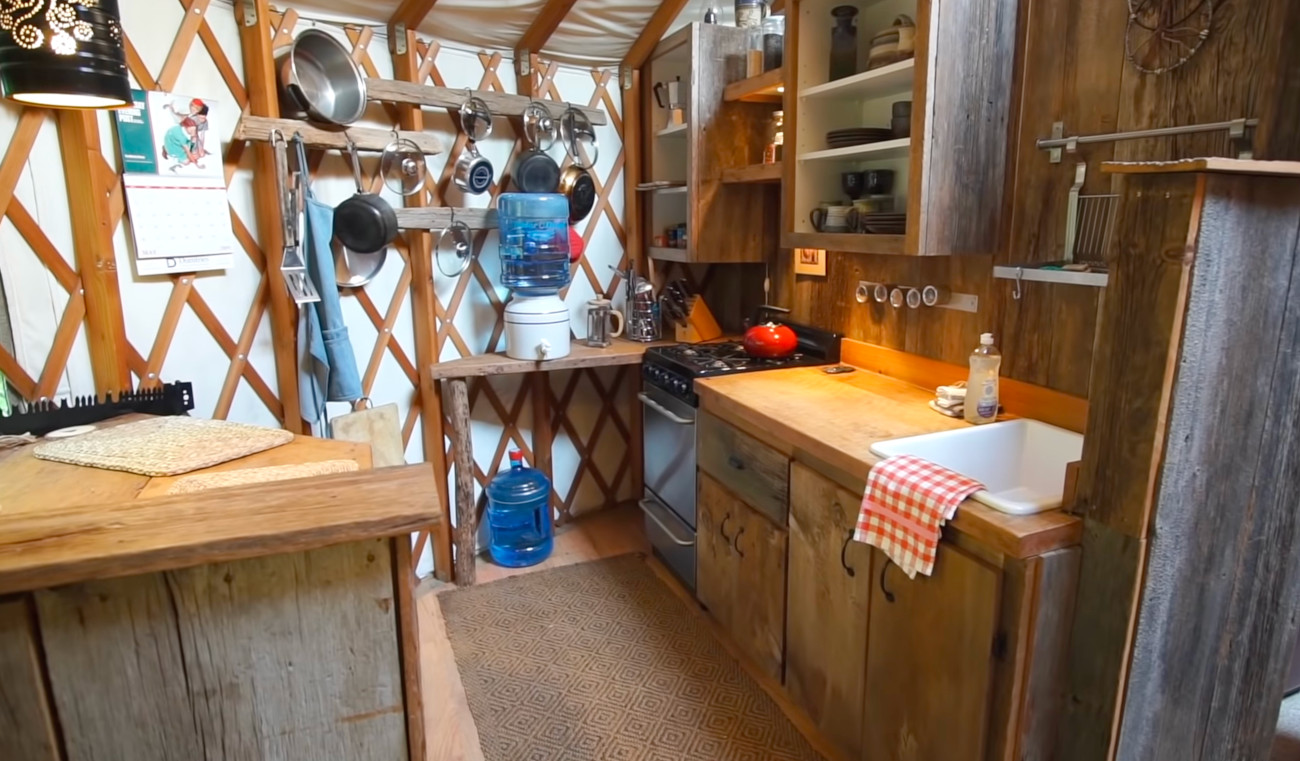Tiny homes have their place, convenient, transportable, and long-lasting, but honestly, they get too much of the limelight. And it’s easy to see why, it’s like a mini dollhouse of wheels, which is cute to see in videos and posts, but when push comes to shove these blinged-out portable homes are expensive. However, a man in Canada took a temporary alternative home and made it a permanent dwelling, better yet, this alternative home is more affordable and more spacious than the popular tiny homes on the market.

A yurt? A what? Simply put, these are big round tents with a skeleton of wooden lattice and rafters covered in an insulating exterior. Yurts are used in areas spanning from Turkey to Mongolia and served as temporary homesteads for nomadic people for thousands of years. Common yurts, especially the fabric yurt kits on the market today, aren’t meant for long-term dwellings. Even in a temperate climate, the fabric is prone to mold and mildew, meaning they have a lifespan of only five to ten years. However, this man in Canada’s southern portion of Ontario has gradually created and lived in a yurt for fourteen-plus years.

Sure this yurt is not portable like a tiny home, but its cost of construction and maintenance of the yurt is more friendly on the wallet. The owner, David, was on a budget and wanted an off-the-grid, ecologically friendly system, so the construction and modifications occurred slowly over several years.

If you don’t want to hand-pump your water, there are many ways to input modern conveniences into a yurt. Unlike the traditional yurts or even the yurts sold in kits, David customized his home by creating walls, which is something not common in these sorts of homes. Creating definitive spaces, he stated, is kind of needed mentally, the added storage was a plus as well.

The most important factor of a yurt is maintaining the insulation and outside material, stated David, you want to use high-quality insulation that won’t get destroyed by moisture or pests. To further ensure the longevity of his abode, he also chose a yurt with a drain system that funneled the water off of the roof and away from the walls. Yurts of the past could withstand the harsh climates of the Asian step, so if you can keep a yurt insulated and dry on the exterior, you’ll have a comfortable dwelling throughout the four seasons.













